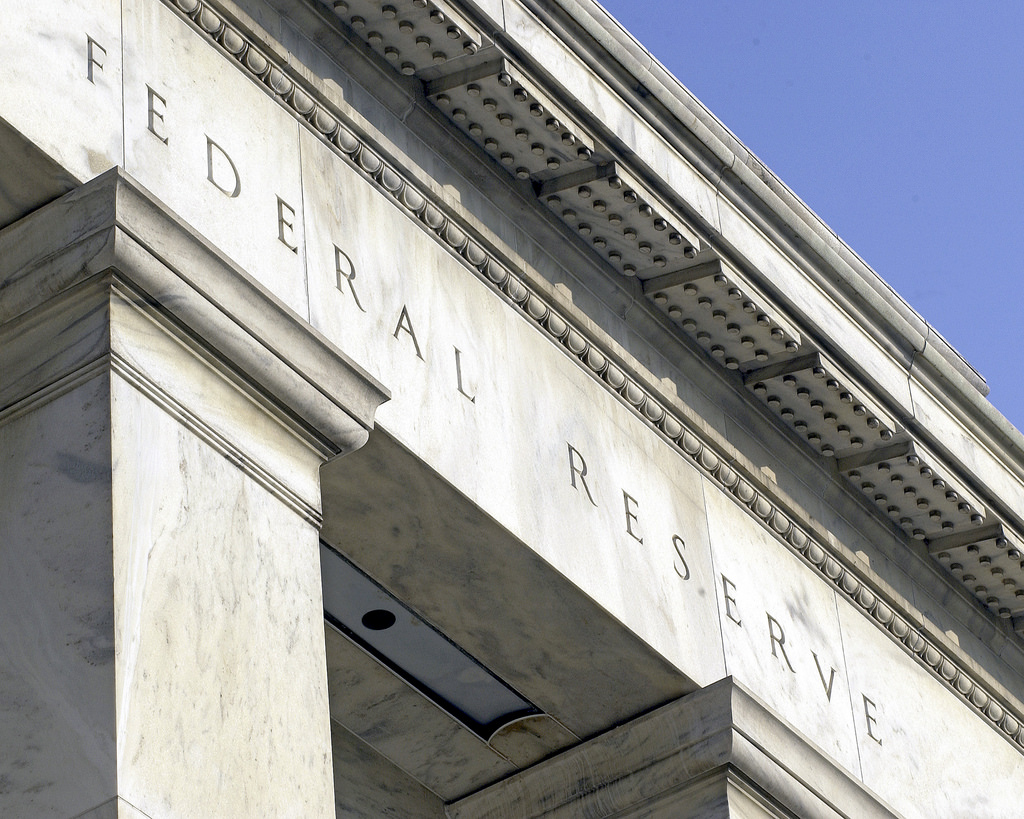Swissquote: Fed cut hopes fuel a rebound ahead of US data
Swissquote: Fed cut hopes fuel a rebound ahead of US data

By Ipek Ozkardeskaya, Senior Analyst
Friday’s rebound was thanks to NY Federal Reserve (Fed) President John Williams, who, in the middle of a less-dovish Fed crowd, said the Fed could lower rates in the near term: the Comment that flipped the market’s expectation of a December Fed cut from less than 30% a few days earlier to above 70%.
Yesterday’s 1.50% rally in the S&P 500, which particularly revived tech stocks and triggered a 2.62% rally in the Nasdaq 100, was fueled by Fed’s Christopher Waller calling for a December rate cut to support the weakening US jobs market. After that, “we should take a meeting-by-meeting approach,” he said. San Francisco Fed’s Mary Daly echoed similar support for a December cut. The winds have turned very quickly since last week.
The US 2-year yield, which best captures Fed rate expectations, slipped below 3.50% this morning for the first time since October 29 — after the Fed had cut rates by 25 bp but Powell had warned that a December cut was not a done deal.
What changed since then? Well, not much really. Or maybe things have changed, but we don’t yet know in what direction, because a few days after the Fed’s decision the US government shut down — and remained closed for more than a month — meaning the official data flow largely stopped until last week.
When it resumed, September’s NFP data showed that the US economy may have added 120k new nonfarm jobs before the shutdown, but wage growth slowed and the unemployment rate rose to 4.4%. And we still haven’t seen the full inflation picture. CPI data reportedly won’t arrive until after the Fed’s December meeting.
So we must guess: we know US jobs data is weakening, but we don’t know if inflation is heating up. Subdued energy prices certainly keep inflation in check, but we don’t know how much this offsets the impact of tariffs. The latest CPI printed an inflation rate of 3% in the US — significantly above the Fed’s 2% target — and we continue to believe inflation could rise due to tariffs, now that pre-tariff stocks have been sold and companies may need to pass some costs onto consumers.
I see three possible Fed scenarios for December.
1. The Fed refrains from cutting rates, waiting for inflation data to ensure they’re cutting based on facts, not hope. Short-term yields rebound, risk assets may be disappointed, and the following data shapes January expectations — likely pushing the rate cut further out.
2. The Fed cuts and CPI data comes in line — or ideally softer than expected, with hints of no tariff-led inflation. Bulls rush in, stress over tech valuations and accounting rules fades, Santa arrives with gifts, and the party could continue.
3. The Fed cuts but CPI prints hotter than expected the week after. The idea that the Fed should walk back the latest rate cut injects stress and volatility, potentially triggering a 10-15% S&P 500 selloff as hopes for further cuts vanish.
I can’t tell you what’s on the menu. But the probability of a December rate cut just spiked past 80% over the past two sessions. The last time we saw Fed rate expectations change that fast — September 2024 — the last-minute 50 bp cut turned out to be a mistake, and the Fed had to pause for a year before moving again. Did it prevent the bulls from buying? Not really.
Anyway, it’s always fun to watch the data. Today, the US will release its latest PPI and retail sales. Last week’s results from big US retailers suggest the consumer isn’t cracking — but is clearly tightening the purse strings as higher prices and borrowing costs bite. Retail sales may have slowed in September (which is good for those hoping for a 25 bp cut) and producer prices may have accelerated month-on-month but slowed year-on-year (mixed enough to let the market focus on the metric it prefers). But because data tells the past, what Fed members say is more important to investors than what prints. For now, investors are banking on another 25 bp cut — positive for sentiment.
US futures are flat to slightly negative this morning. The 10% drop in SoftBank reflects fears it bet on the wrong horse — OpenAI and Nvidia — following news that Alibaba’s Qwen 3 counted more than 10 million downloads in its first week and Google’s latest Gemini 3 earned praise for its progress in 3D reasoning, agentic abilities, and “vibe” coding. Here’s a suggestion: the AI bubble may not burst entirely, but some parts could. Whatever happens, Google looks set to keep rallying like it’s 2023!
In FX, the US dollar seems confused by the quick Fed-expectation swing. It looks very doji-like since spiking past the 200-DMA and hasn’t been willing to move lower — partly because other majors like the yen and sterling look unappealing. For the yen, t the Bank of Japan (BoJ) will hardly hike rates in the next meeting, as Takaichi doesn’t want it, and JGB yields are spiking to levels that make the risk unappealing. For sterling, tomorrow’s Budget is make-or-break: either the Bank of England (BoE) steps in to prevent a gilt flare-up if investors dislike what they hear, or to cushion the economy if tax hikes bite hard. Either way, the Fed will say the last word, but the dovish shift in other central bank stances could soften any renewed weakness in greenback.






